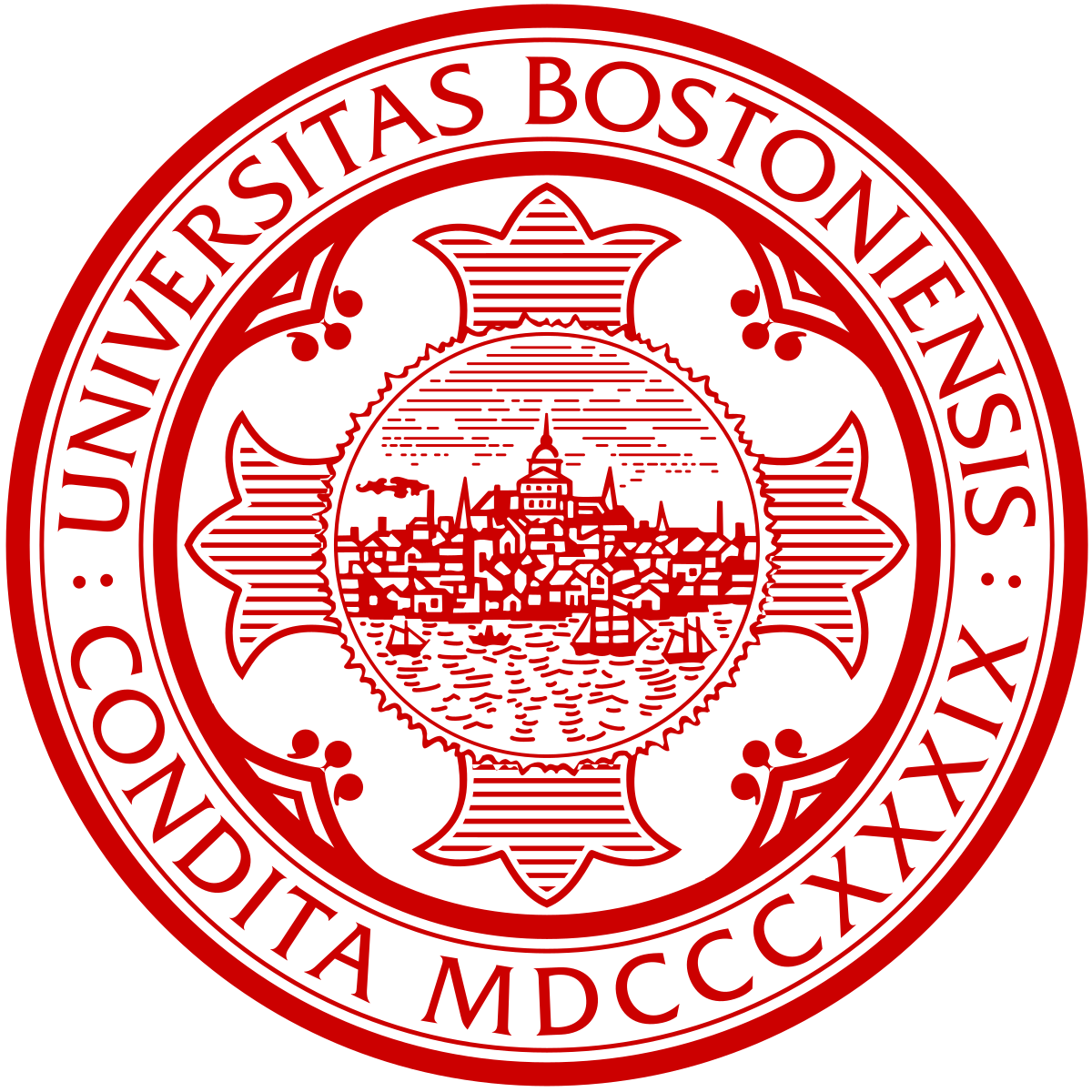Fusion-based quantum computation
We introduce fusion-based quantum computing (FBQC) - a model of universal quantum computation in which entangling measurements, called fusions, are performed on the qubits of small constant-sized entangled resource states. We introduce a stabilizer formalism for analyzing fault tolerance and computation in these schemes. This framework naturally captures the error structure that arises in certain physical systems for quantum computing, such as photonics. FBQC can offer significant architectural simplifications, enabling hardware made up of many identical modules, requiring an extremely low depth of operations on each physical qubit and reducing classical processing requirements. We present two pedagogical examples of fault-tolerant schemes constructed in this framework and numerically evaluate their threshold under a hardware agnostic fusion error model including both erasure and Pauli error. We also study an error model of linear optical quantum computing with probabilistic fusion and photon loss. In FBQC the non-determinism of fusion is directly dealt with by the quantum error correction protocol, along with other errors. We find that tailoring the fault-tolerance framework to the physical system allows the scheme to have a higher threshold than schemes reported in literature. We present a ballistic scheme which can tolerate a 10.4% probability of suffering photon loss in each fusion.



